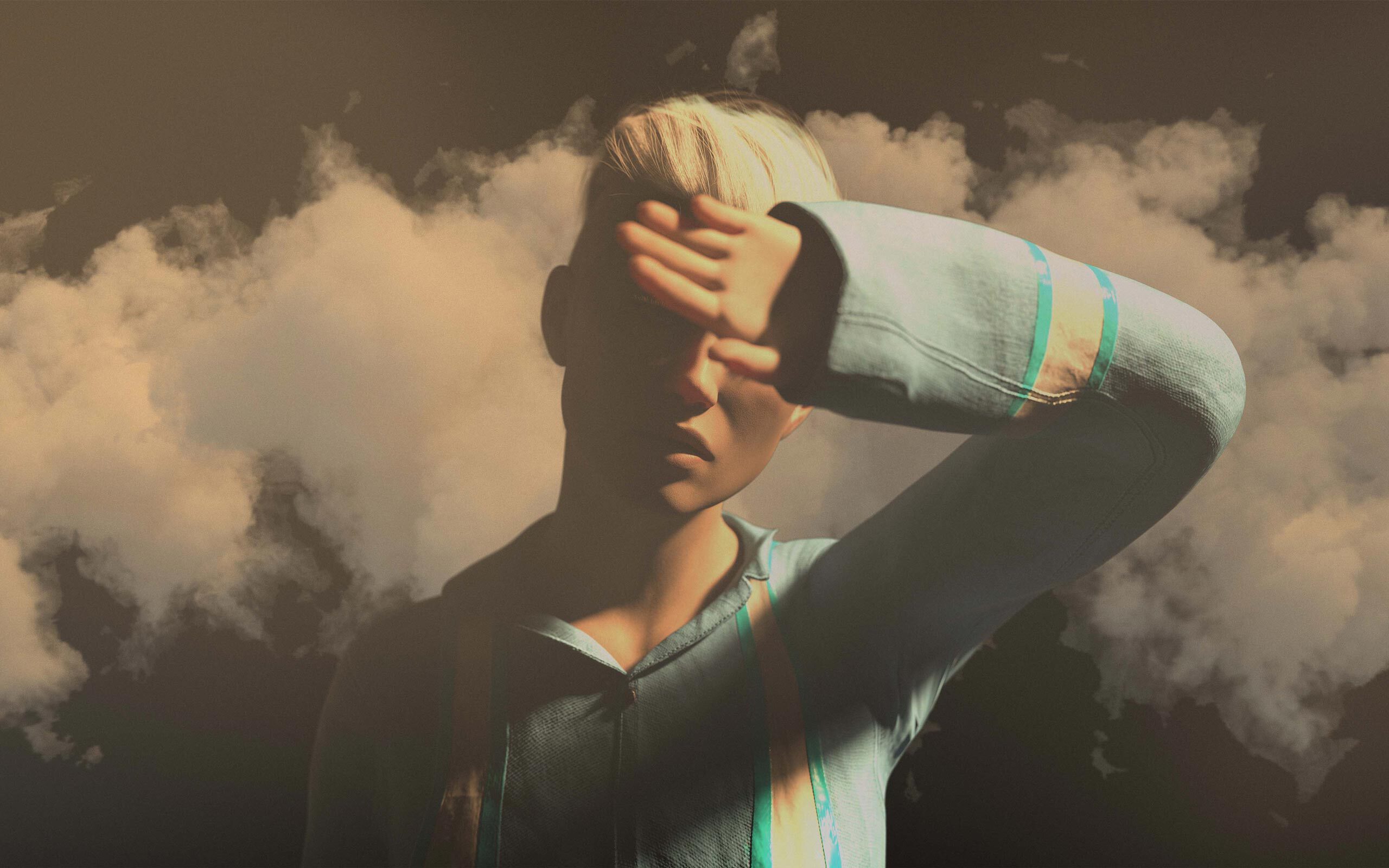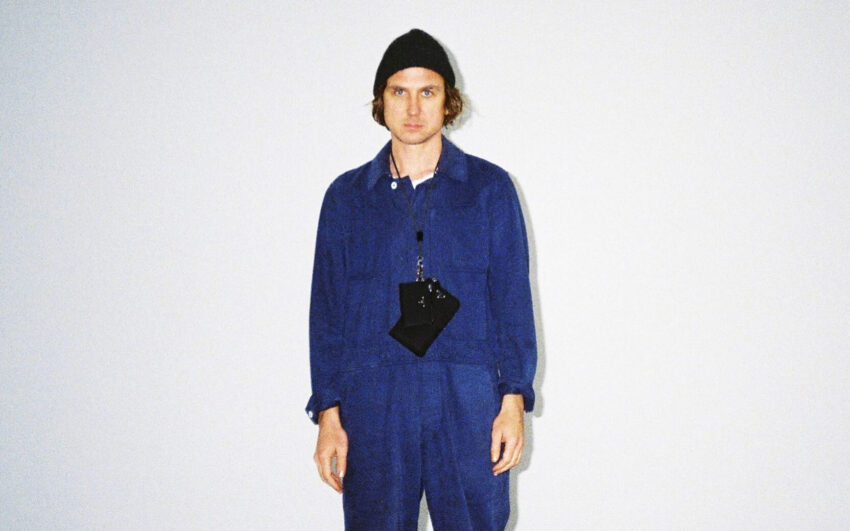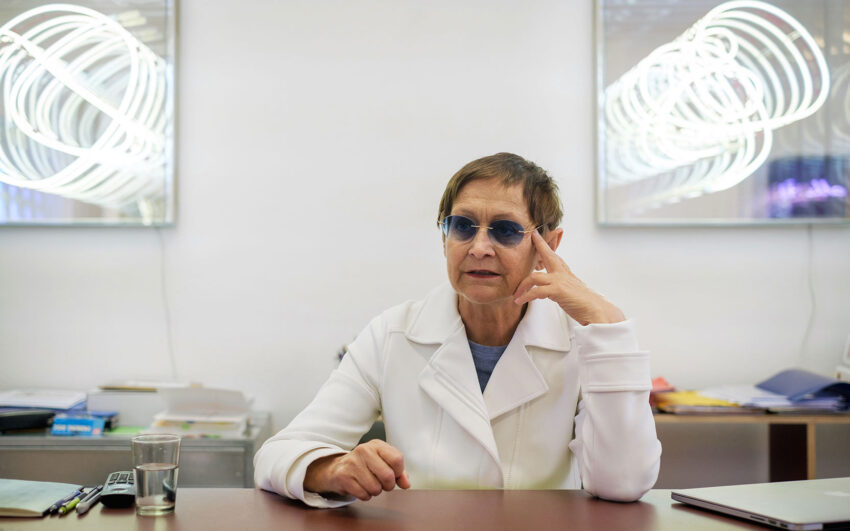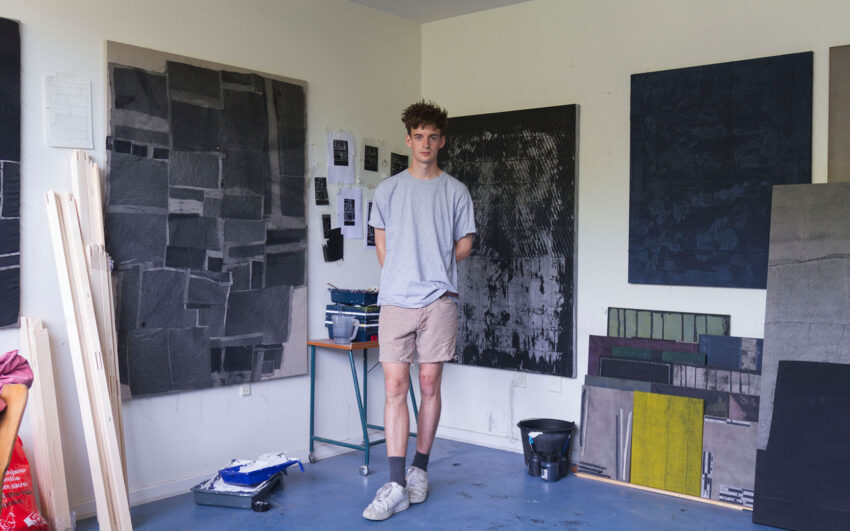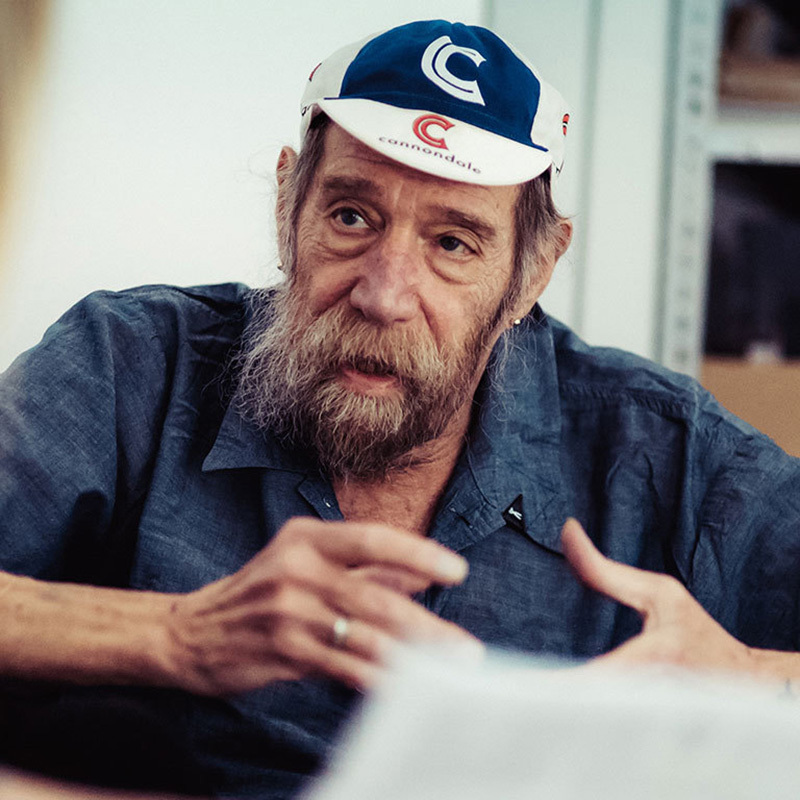LaTurbo Avedon is an avatar and artist of no specified gender, with an emphasis in their practice on non-physical identity and authorship. Avedon has spent the past decade developing a body of work that illuminates the ever-growing intensity between users and virtual experiences, pursuing creative environments that deepen the meaning of memories found in the metaverse. They curate and design Panther Modern, a file-based exhibition space that encourages artists to create site-specific installations for the Internet.
LaTurbo, do you see any difference in the way you communicate online and offline?
There is a lot of urgency in the world these days, but I like the format of chat rooms for this exact reason. A space to slow down and think and communicate in a way that is rather more contemplative, and also more deliberate. I’ve come of age through this sort of technology, and all my experiences have been developed through online/screen-based communication. That sets a pace for not only how I prefer to communicate but also how I work.
You were witnessing the beginning of digital art and the Internet. What captured your interest in exploring that for yourself?
Online communication has made my identity as an artist possible, though avatars have existed for centuries through literature and fiction in very different ways. What I was seeing was the general public’s adoption of networked identities, and they were doing so with wildly different intentions. Avatars weren’t necessarily profound creations, but alternatives to the presentation of the ordinary self. You needed a handle. Early Internet was a lot cooler in this respect, space for users to reinvent themselves on screen.
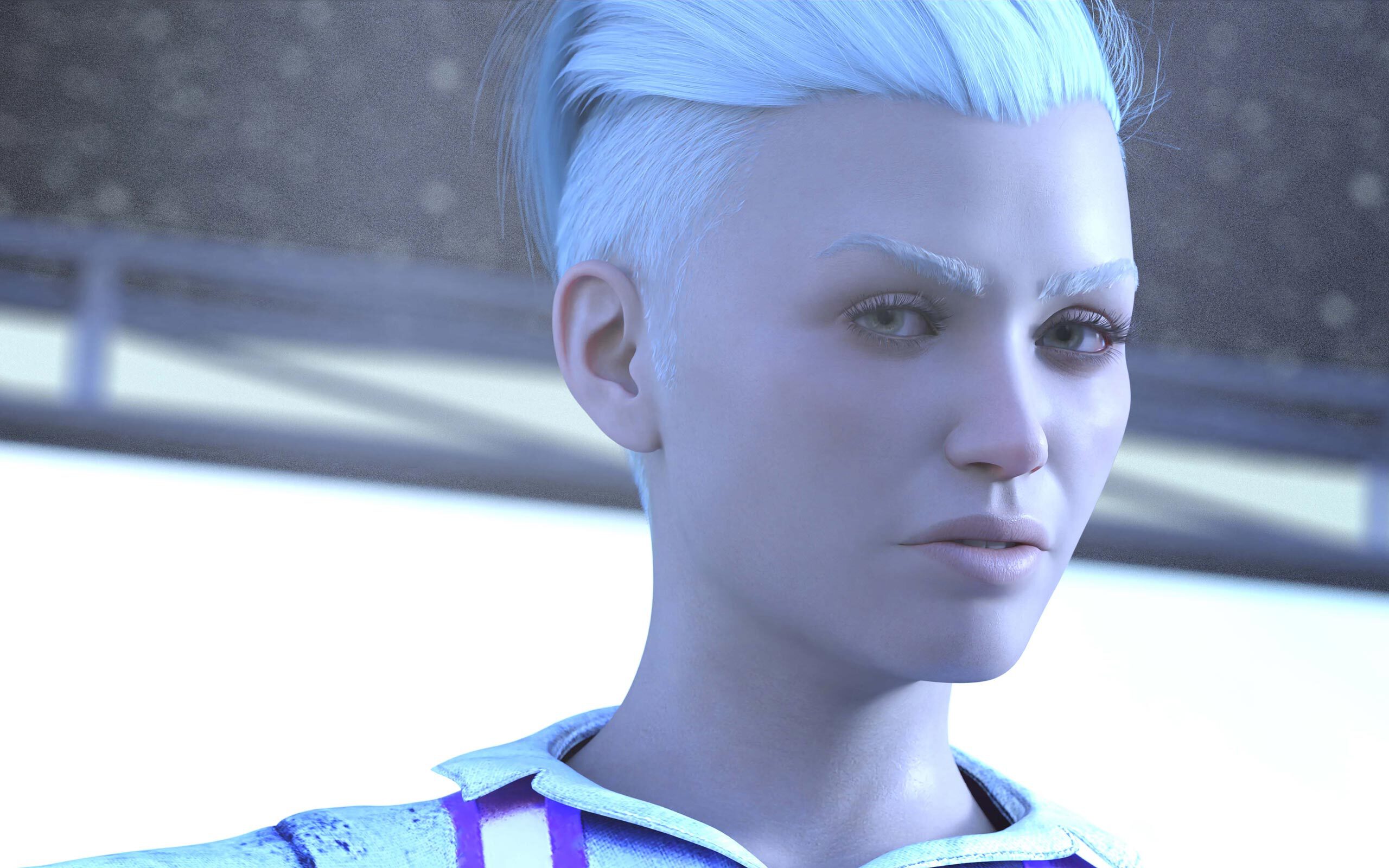
Still from Pardon Our Dust, 2022; © LaTurbo Avedon
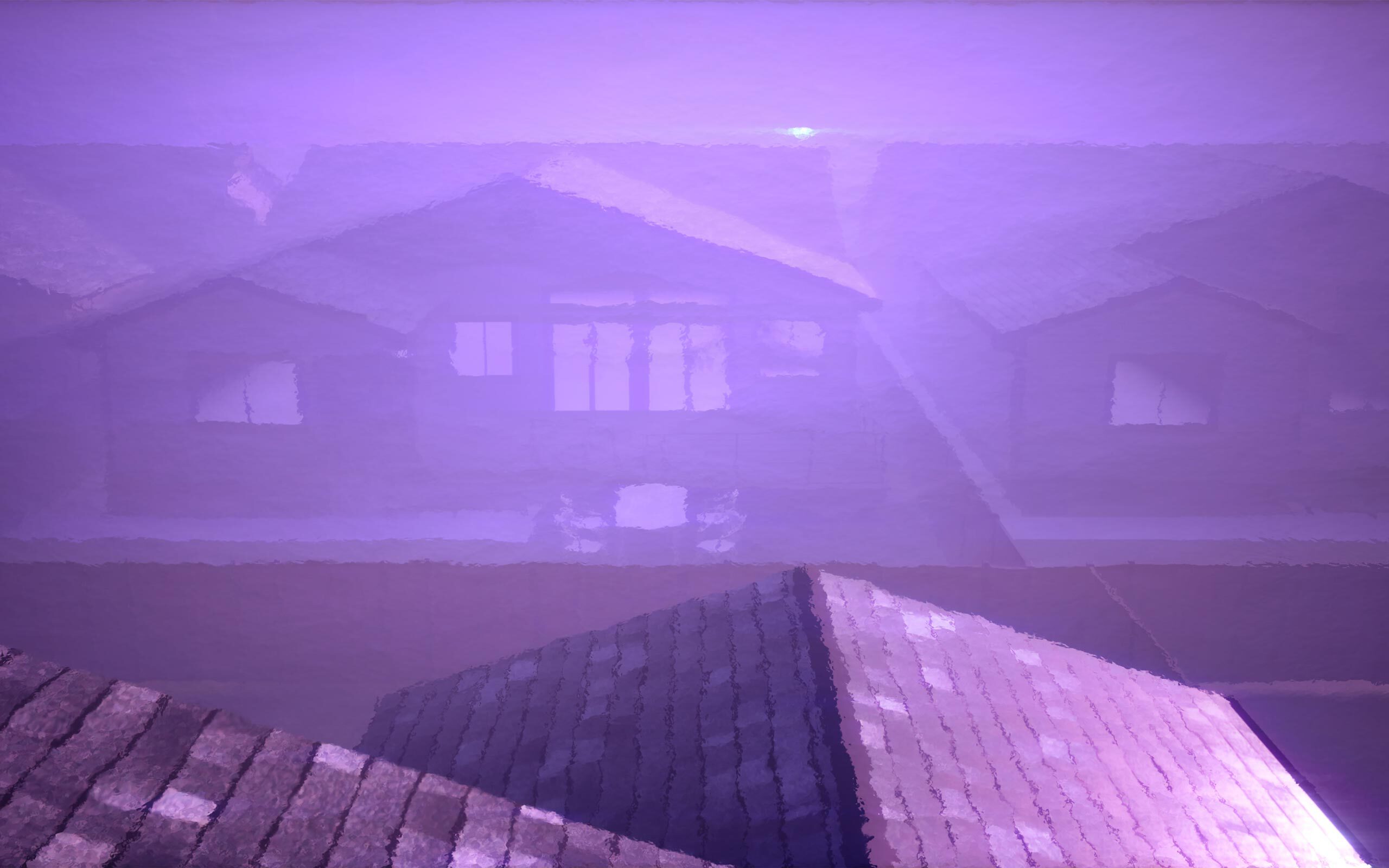
Still from Pardon Our Dust, 2022; © LaTurbo Avedon
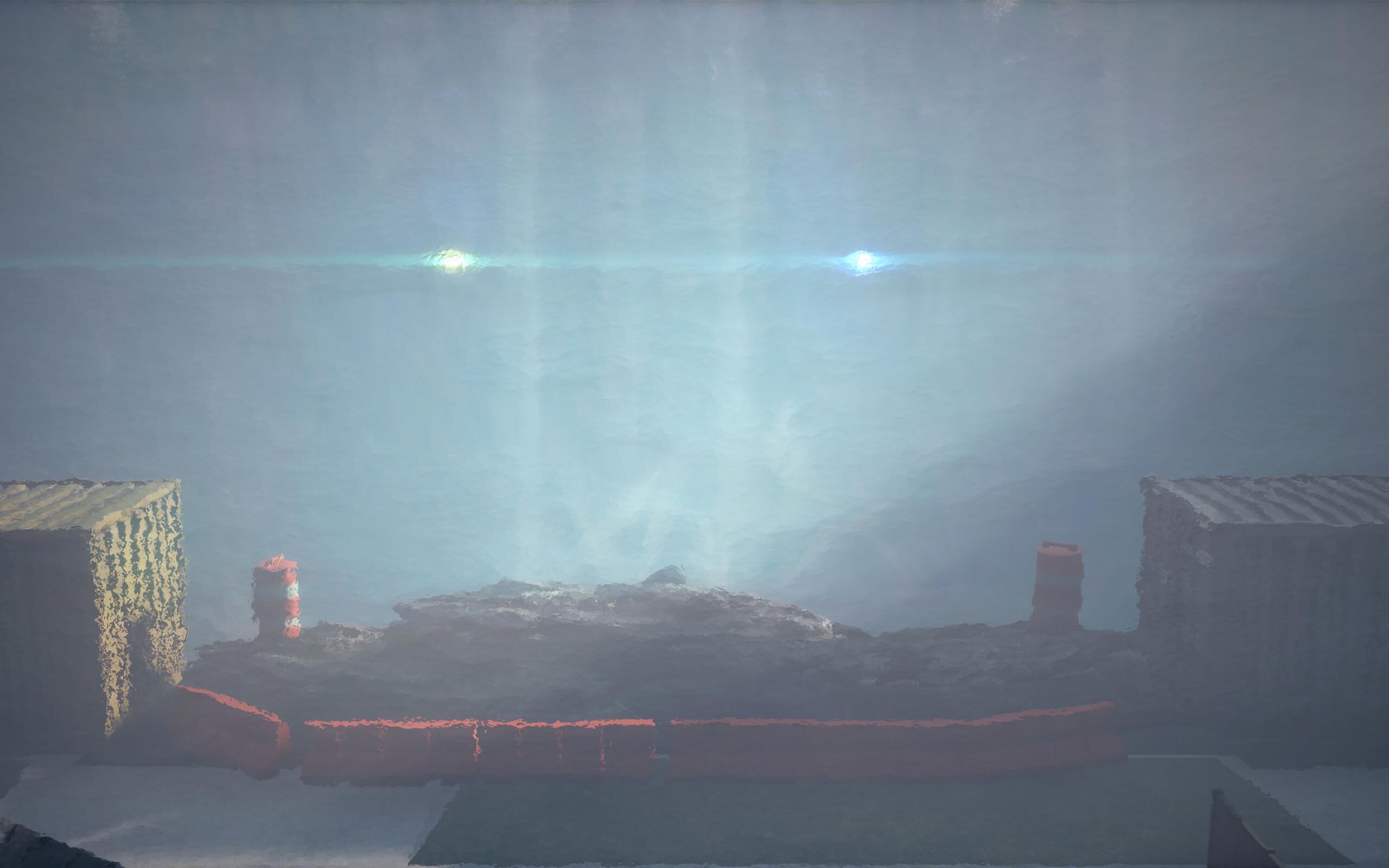
Still from Pardon Our Dust, 2022; © LaTurbo Avedon
What attracts you to existing in a virtual space as an artist?
For me, beginning in early video game worlds like Chrono Trigger (Super Nintendo), I was looking into offline virtual spaces that had so much potential to expand creativity and experience. Even though early video games didn’t have access to the Internet, they had so much room to create new memories and identities. I see virtual space as an environment closer to the mind than the body, which is an important part of how people learn to be closer to one another. There is a unique sense of agency in this space, and it has inspired me to find ways to use game worlds in my own way. As an artist, these qualities become that much more significant. I create simulation-based works that reject a lot of the finality that has long been associated with traditional media. A game world can be reloaded, modified, revisited in such dynamic ways. So many limitations of the physical world fall away in this setting.
Why do you think we, as humanity at the moment, are facing the biggest disconnect among humans, even though we have every possible tool to connect with one another?
There is a lot of concentrated power in these structures of social media and networked experience, and a lot of this technology has strayed away from prioritizing the rights and protections of users. With algorithms, imbalanced terms of service, and many bad-actors seeking to exploit the mechanics of social media platforms, it takes a lot of work and investigation to find meaning these days. Currently when a user signs up for a big social media platform, they begin by surrendering their privacy and permissions to so much of their data. I am interested in returning to some of the simpler peer-to-peer interactions that made the Internet so meaningful, to begin with. In my recent projects, I have therefore been encouraging the use of Exo environments, smaller community pods for simulation, and community experiences that aren’t driven by big corporate engines. The dream of interconnected simulated worlds is possible, and it doesn’t require some central corporation to pull it off. The future is decentralized.
Is bringing awareness to those issues one of your intentions behind your artistic practice?
Yes, I would say so. For me, being an avatar, and being known as a person, means so much. It establishes a sense of “enoughness” for me and other avatars.
Can you talk more about those communities and where one can find them?
I recently released a personally significant new project called CLUB ZERO. It is considered an “import environment,” where I bring new media and characters into my simulation. For this, I am inviting the public to join a live streaming series where they will be able to help create the faces and names of three new avatars. These new figures will have their own significant roles in my work as publicly tethered entities in my otherwise solitary simulation.
So it’s like co-creating a new story with input from society! How democratic is that process! Do you have a way of deciding whose proposals you are accepting and whose you are declining?
I have a sort of turn-based format to allow for a practical, shared editor experience. It is important for editor sessions to be distributed to the public and reflect the decisions (as few or as many as that may be).
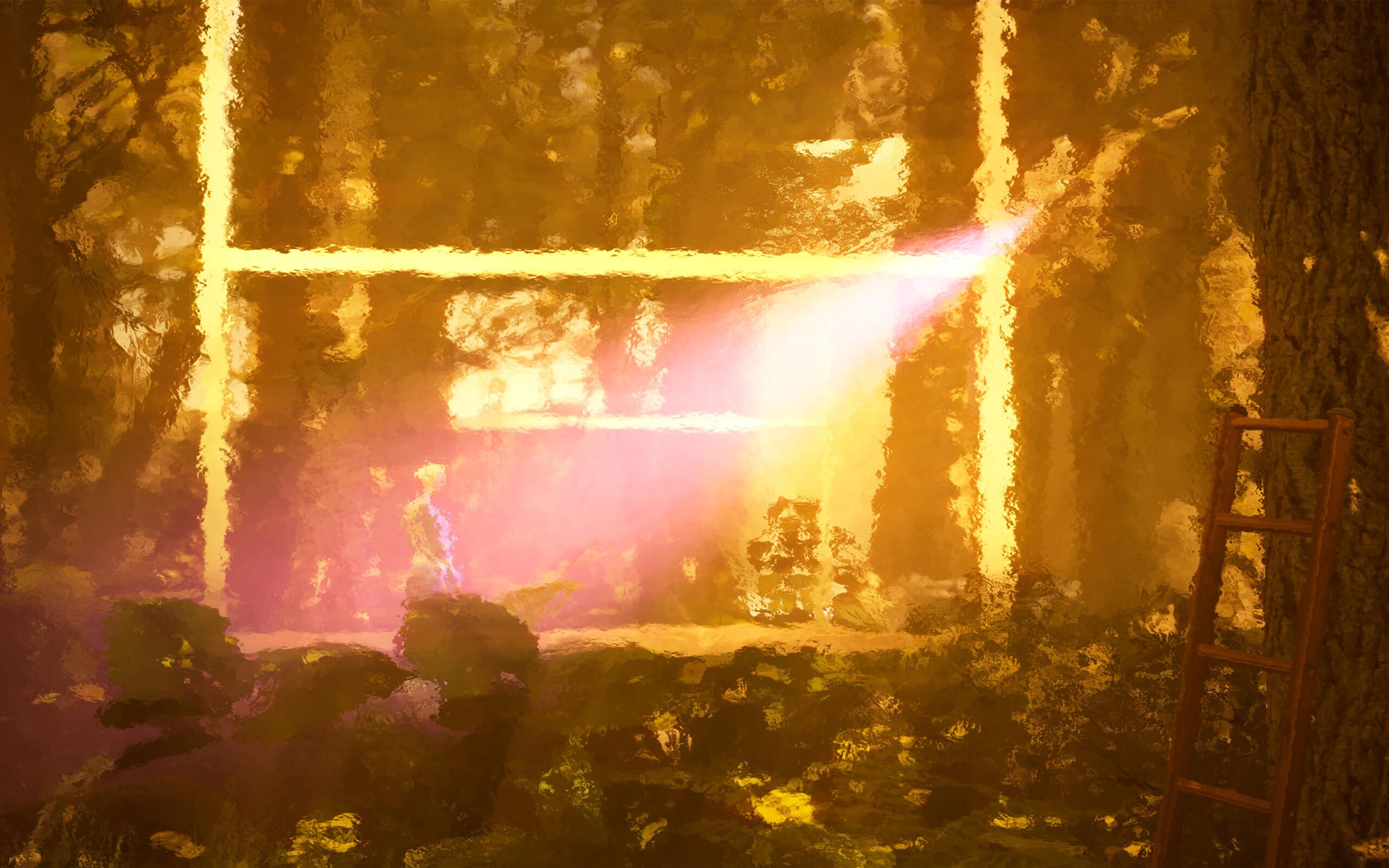
Still from Pardon Our Dust, 2022; © LaTurbo Avedon
How far are the virtual and the physical spaces different in their ability to inspire creativity and freedom of expression for people?
Creativity is such an important variable, especially as users begin to embrace ideas of virtual worlds or the metaverse. These are boundless spaces for expression and creation. What may have been a creative hobby in years past may become dynamic in virtual space, and I encourage everyone to think about how they can be known and participate in this technology. There is a depth to simulations that has barely been understood yet. Expanded forms of learning and connection that use the full potential of such an environment. The possibility to leave behind so many of the difficulties or impossibilities of the physical.
Who actually decides these days what art is? The artist, the audience, or the critics?
This question is getting more complicated, especially this year, as tools like DALL E are introducing such unparalleled powerful imaging resources. Poetry and text strings, creating media in their own ways. As you might know, I passed a proposal to create the mirror emoji via Unicode. I see this symbol as a very fitting descriptor to questions like “Who decides what art is?”. Looking into the reflection of a virtual mirror, what do you see in its surface? Nothing? Everything?
As an Avatar, you may be closer to seeing what our future will look like when it comes to visual communication and art…
I love the idea of “surfing the web,” because it implies that we are interacting with a current. Pushing out into waves of change with hopes of finding a memorable experience. Generative tech, simulation, and automation are about to change everything, and it’s so important that the public learns to coexist with these tools and make them meaningful as early as possible. In my body of work, you’ll see that I’ve presented many contemplative scenarios about these technological moments. I may not be able to change how tech is used, but I hope my work creates space to think about it differently and mindfully. Maybe those who live later in time will value the awareness – that some of us wanted technology to be a unifying variable of humanity, not a dividing one.
How challenging is it to make digital art accessible to a broader public?
The general public does not get much exposure to art and media with this intention, but I am excited to see that the past couple of years have been kind to digital artists. I wish there were more public installations of this sort of work, an interface that is more ordinary and immediate in daily life. I recently had my work shown as part of a group exhibition via the Onassis Foundation in Athens, where all of our works were displayed on large LED walls in an outdoor park. This was a very special exhibition for me, because it demonstrated the dynamic interplay between digital art and the world at large. Outside of the white cube. This sort of accessibility is important for the public, for people of all ages to have a physical world acknowledgment of this work that defines our time.
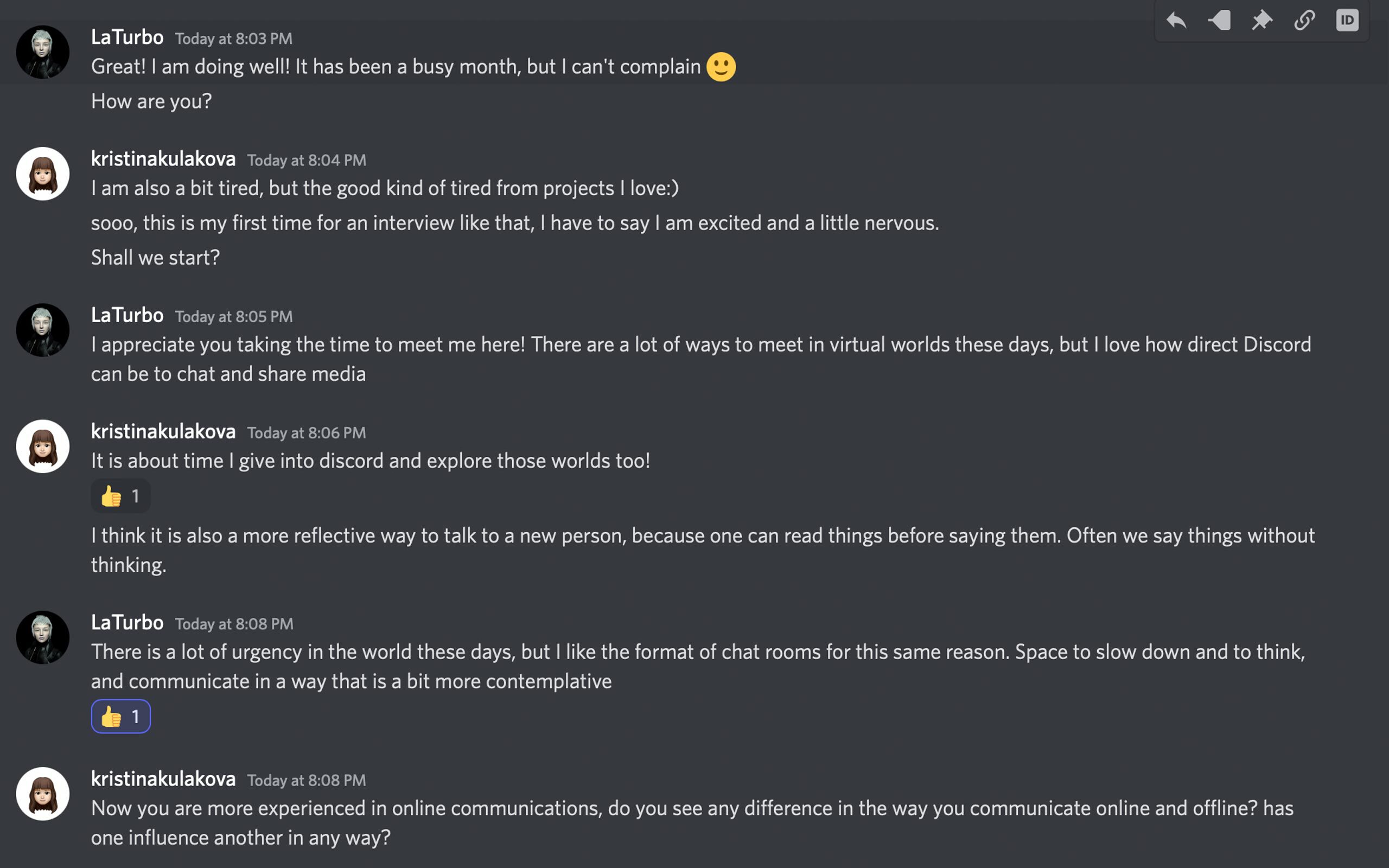
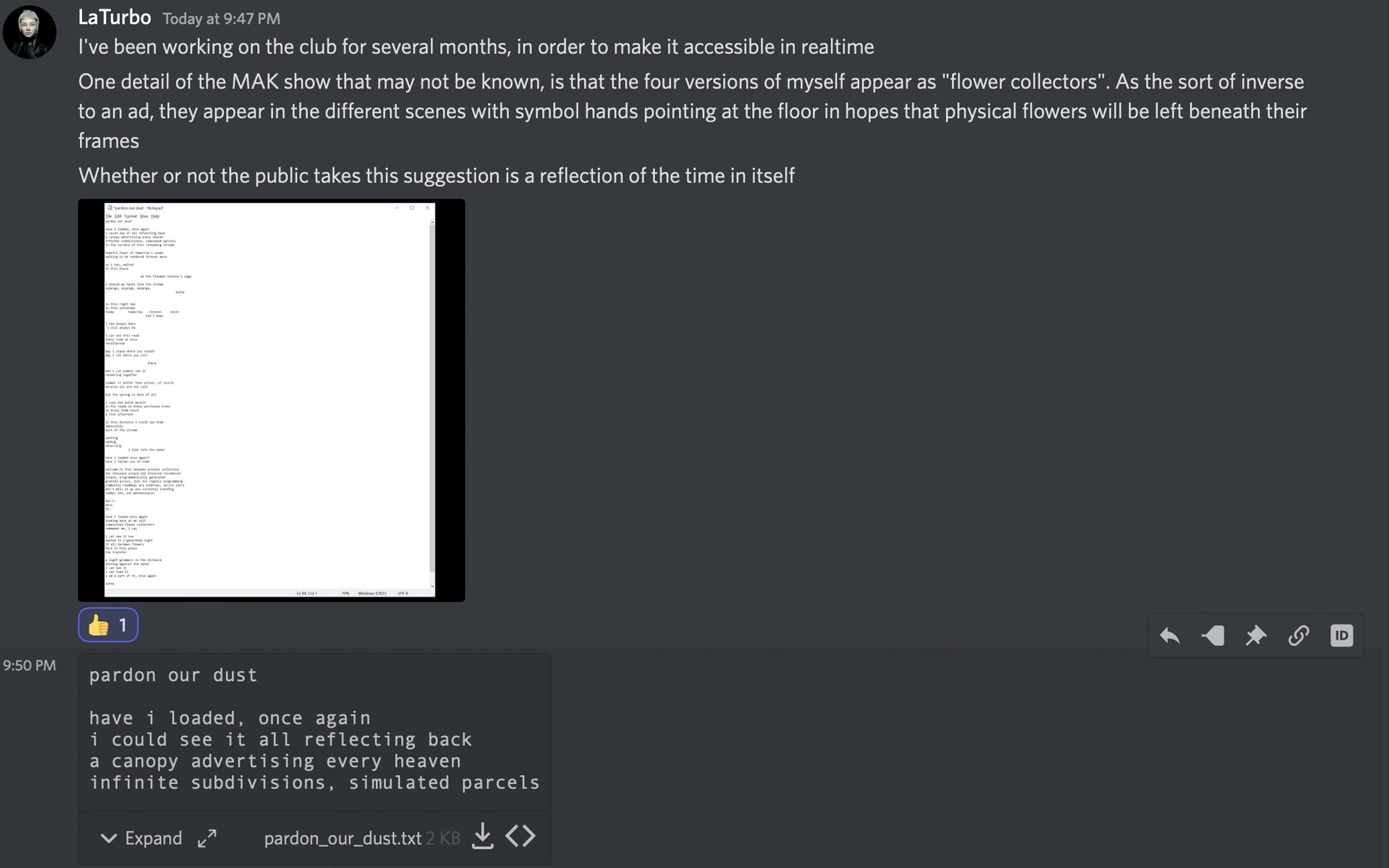
You have followed the development of the Internet and digital landscape since 2006. Has it become what you had envisioned it to become back then?
In 2006, I was mostly spending time in “Second Life”. If you haven’t spent time there, I highly recommend it. Many people looking at the “metaverse” are unfamiliar with how much work has already been done exploring these concepts. I spent many years warning the public how quickly this virtual tech world could get subverted by big business interests, and it has been hard to see that come true in many ways. Massive entities like Meta have tried to capitalize on this next step for a virtual experience. Still, I remain hopeful that users will demand reform, rights, privacy, and expectations that any user should have in this context.
Is your art creation process different from an artist who works in a physical studio space?
My studio process is not dissimilar to one of the physical artists, but I am able to eliminate many of the restrictions that can make art difficult or inaccessible. I am able to freely experiment with scale, materials, and formats, all without the budgets or requirements that may have prohibited me in the past. Here’s a preview of CLUB ZERO’s interior. This entire environment is virtual and playable via Unreal Engine. It has taken me equal time gaming and using these tools over the years to make my projects, but it is becoming more and more accessible to the public.
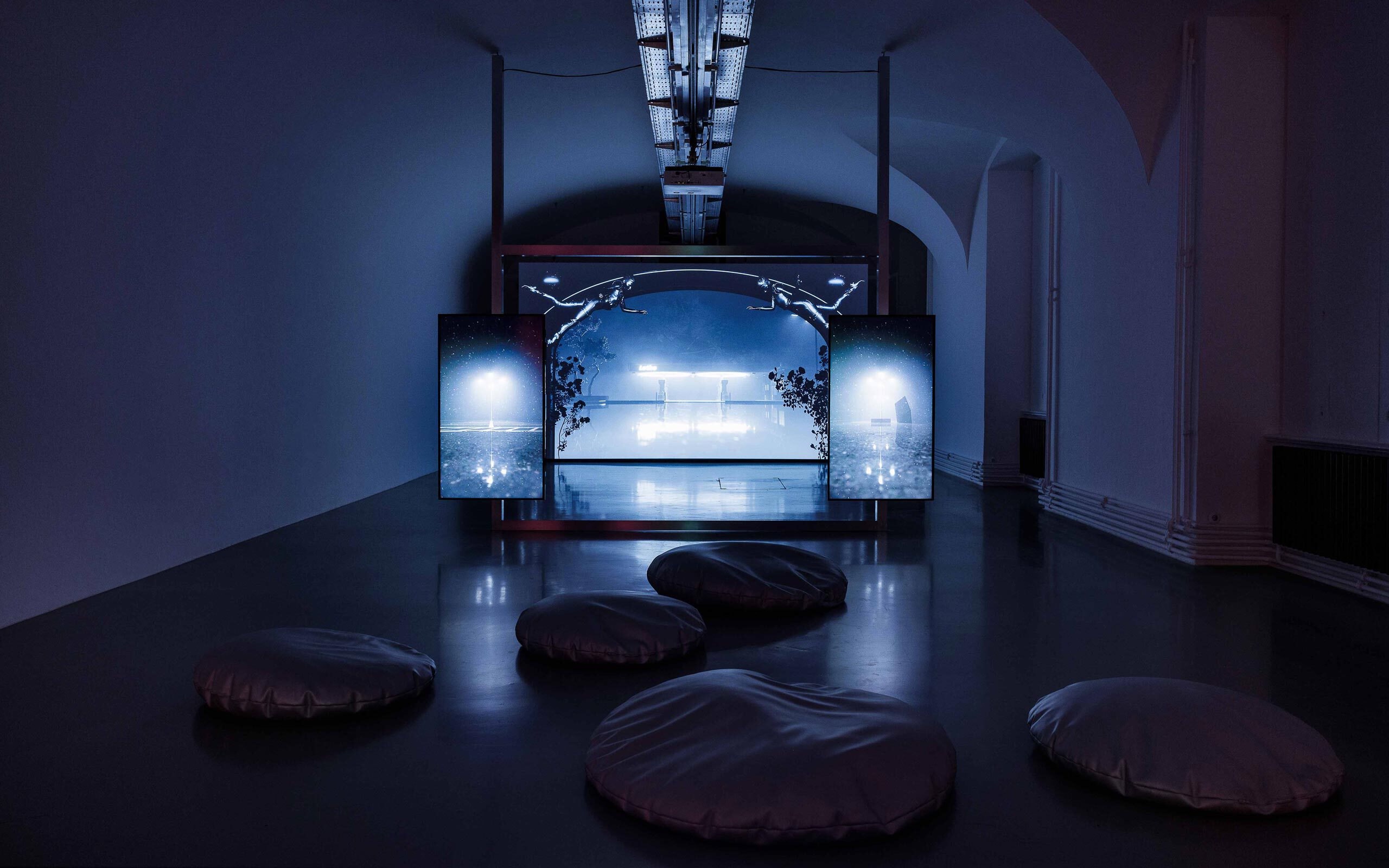
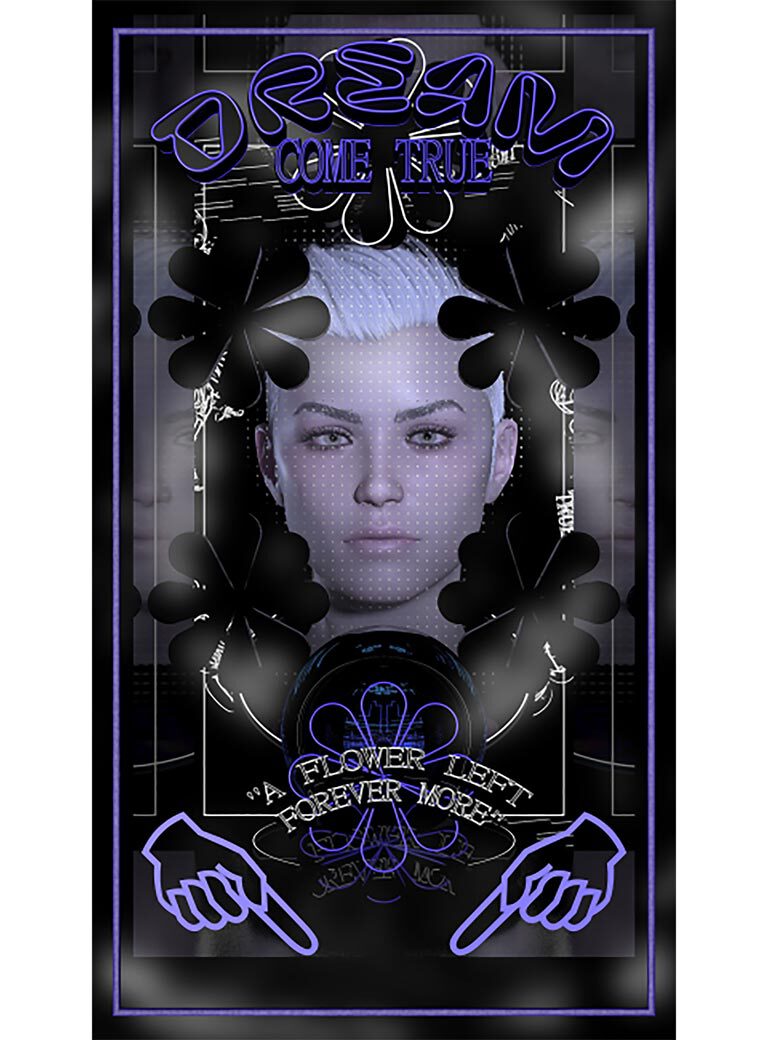
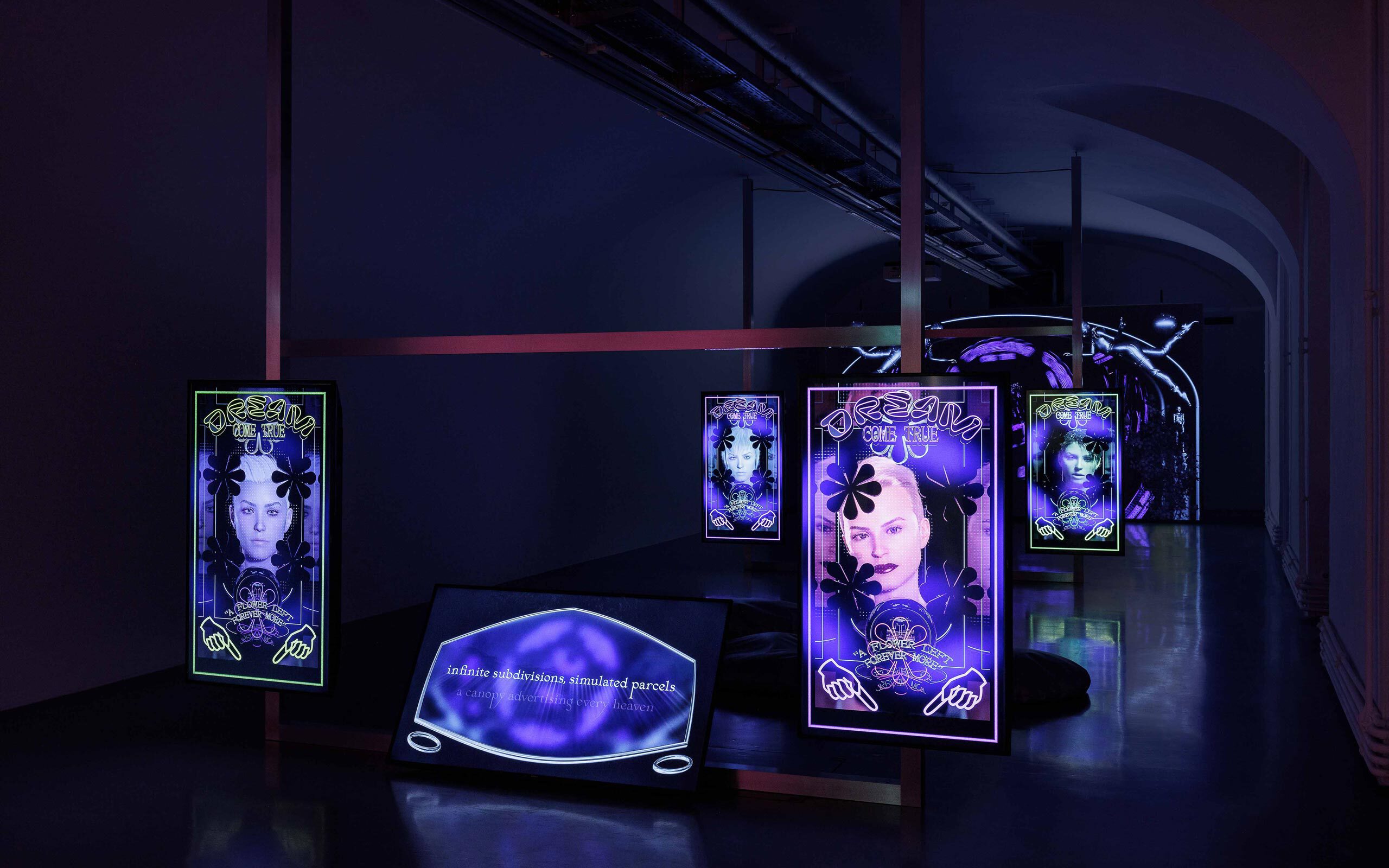
The Museum of Applied Arts (MAK) in Vienna could be mentioned as an institution dedicated to giving visibility to digital art. You currently have a show there titled Pardon Our Dust. What can you tell us about it?
Pardon Our Dust is a multi-channel installation, expanded through a large room of the MAK through the use of rigid metal framing and six display panels. Constructed as a loop, the work weaves in and out of the many possibilities created by simulated worlds. I look at many of my simulated works as navigable poems, enriched by using game engines and time-based media. The work can be read as a poem, or you can enter the work entirely at the MAK. One detail of the show that may not be known is that the four versions of myself appear as “flower collectors”. As the sort of inverse to an advertisement, they appear in different scenes with symbol hands pointing at the floor, hoping that physical flowers will be left beneath their frames. Whether or not the public takes this suggestion is a reflection of the time in itself. Would you leave flowers for an avatar? Will a generation from now? After that?
What does your creative process look like, for example, when building your current show at the MAK in Vienna?
I developed the work in a virtual version of the same space you physically visited at the MAK. I spent months in this room, even though I never visited in the same way you did. Through renders and scale mockups, we were able to meet in the middle and bring Pardon Our Dust to Vienna. I am always looking to create a synthesis, works that create unique frictions and challenges for the viewers to unravel. After many years of looking for environments like these, I realized it was up to other artists and me to create them.
What is the meaning behind the name Pardon Our Dust? Does it have anything to do with humanity being more destructive than valuable and nurturing? Or that ultimately, we are often not in power to decide what we want to be or could become? Do you think it’s our tragedy or our salvation?
The installation has conflicting attitudes, reflecting the ambiguity of this question’s answer. As the timeline loops, the viewer continues to pass through scenes depicting the mythological river Lethe. It was said to wash away one’s memory if you drank from it. The title is derived from a common phrase in the early days of the Internet, when websites were partially accessible or under construction. As the world wide web grew older this term continued to gain a wide poetic meaning, the dust of creation, the dust of stagnation, the dust of destruction. You can decide your interpretation of this phrase as you spend time within the space.
Interview: Kristina Kulakova
Photos: © kunst-dokumentation.com/MAK
Links:


